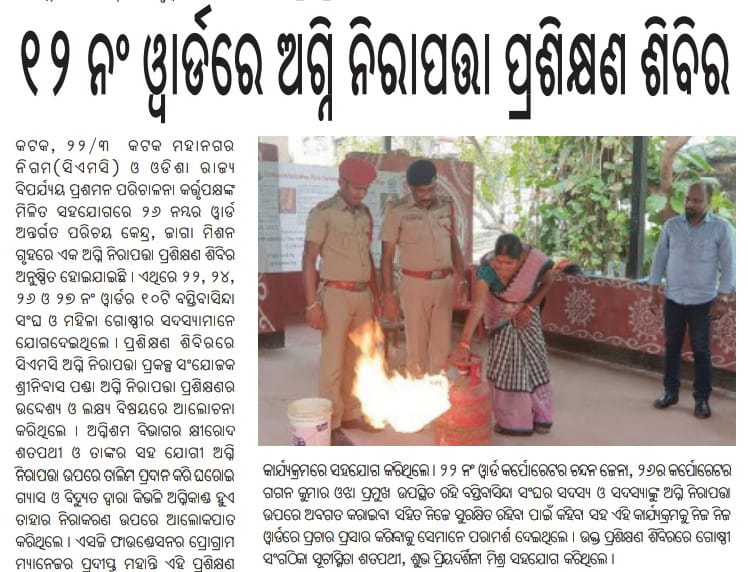Introduction
Welcome to the SG Foundation blog, where we discuss important topics related to disaster risk management (DRM) and disaster risk reduction (DRR). In this blog post, we will delve into the significance of DRM and DRR, providing you with valuable insights and actionable advice to mitigate the impact of disasters. So, grab a cup of coffee and let’s get started!
Understanding Disaster Risk Management (DRM)
Disasters can strike at any time, causing widespread destruction and loss of life. That’s where disaster risk management comes into play. DRM involves the systematic approach to identifying, assessing, and reducing the risks associated with disasters. It encompasses various measures, including preparedness, response, recovery, and resilience building.
The Importance of DRM
Disaster risk management is crucial for several reasons. Firstly, it helps in minimizing the potential damage caused by disasters, thus saving lives and reducing economic losses. Secondly, DRM aims to enhance the capacity of individuals, communities, and governments to respond effectively to emergencies. Lastly, it promotes sustainable development by integrating disaster risk reduction measures into policies and practices.
Key Elements of DRM
Proper risk assessment is the foundation of effective DRM. It involves identifying and analyzing potential hazards, vulnerabilities, and exposures. By understanding these factors, we can develop strategies to mitigate risks
and enhance resilience.
Early warning systems play a vital role in DRM. Through advanced technologies and efficient communication channels, we can alert communities and authorities about impending disasters, allowing for timely evacuation and response.
Being prepared is key to effectively managing disasters. This involves creating emergency response plans, conducting drills and trainings, and ensuring that necessary resources and infrastructure are in place.
Disaster Risk Reduction (DRR) Strategies
Community Engagement
Engaging communities is crucial for successful DRR. By involving local residents in risk assessment, planning, and decision-making processes, we can ensure that their needs and perspectives are taken into account. Empowering communities fosters a sense of ownership and increases their resilience.
Education and Awareness
Educating individuals about disaster risks and prevention measures is vital. This includes imparting knowledge about evacuation procedures, first aid, and hazard-specific precautions. Increasing awareness through campaigns and workshops can empower people to take proactive steps in reducing risks.
Infrastructure Development
Educating individuals about disaster risks and prevention measures is vital. This includes imparting knowledge about evacuation procedures, first aid, and hazard-specific precautions. Increasing awareness through campaigns and workshops can empower people to take proactive steps in reducing risks.

